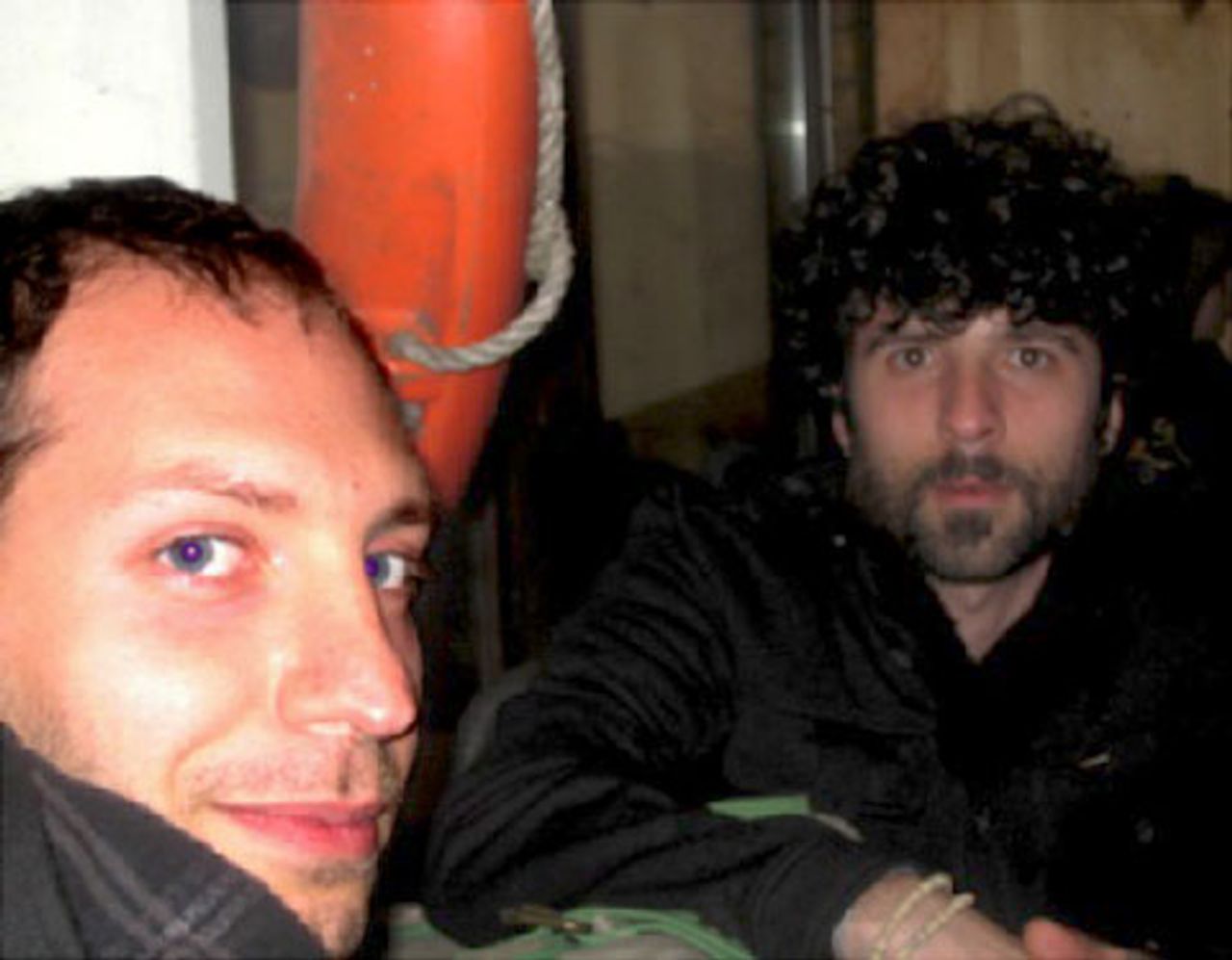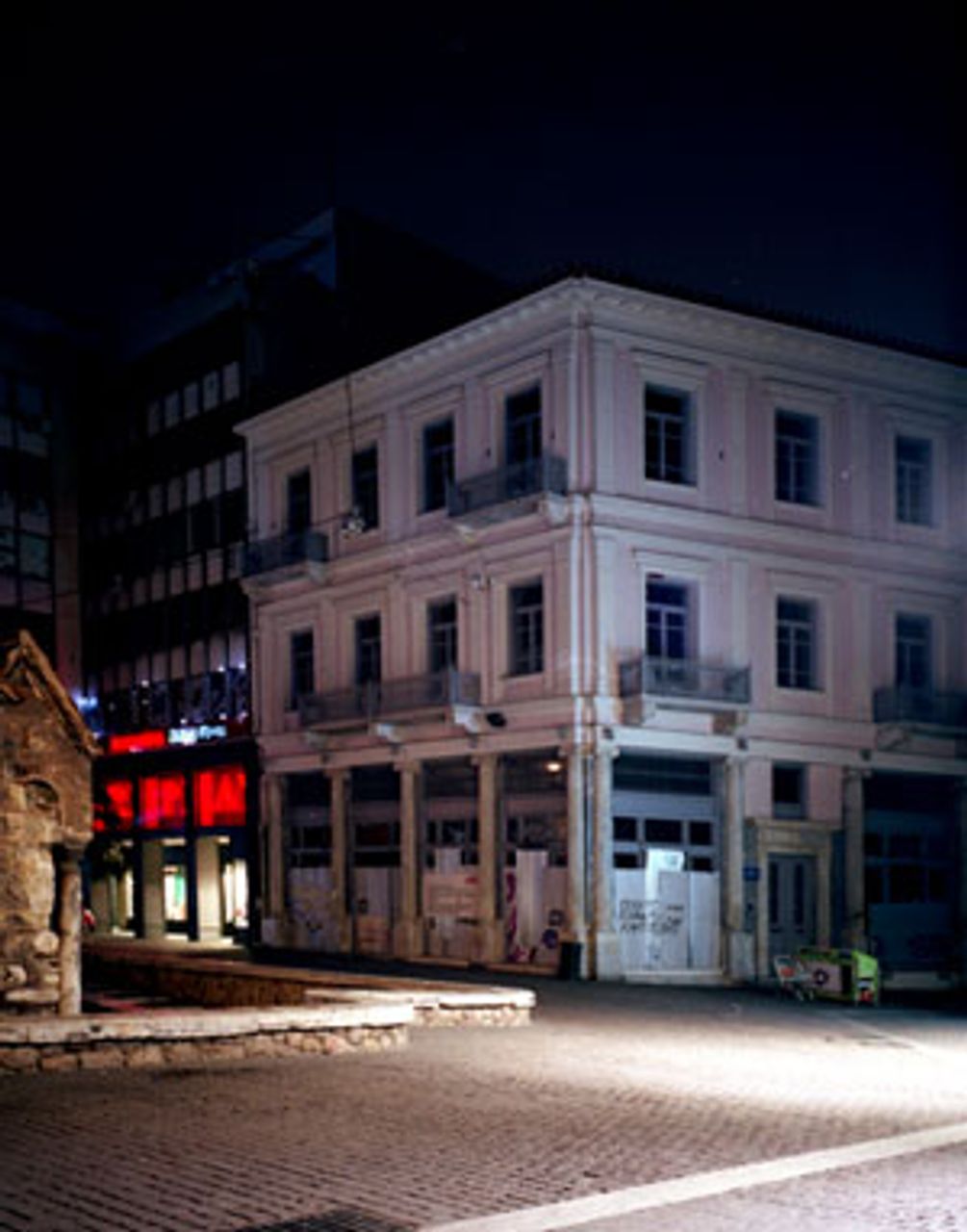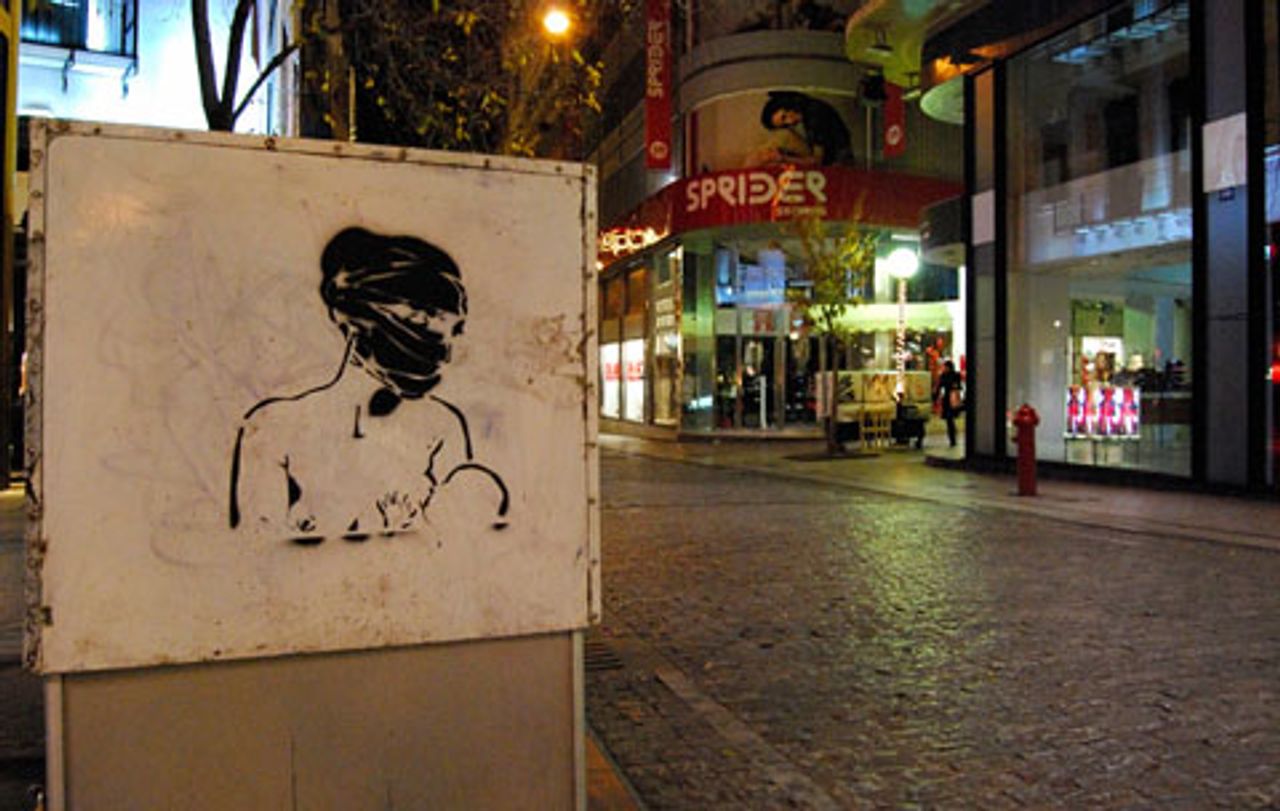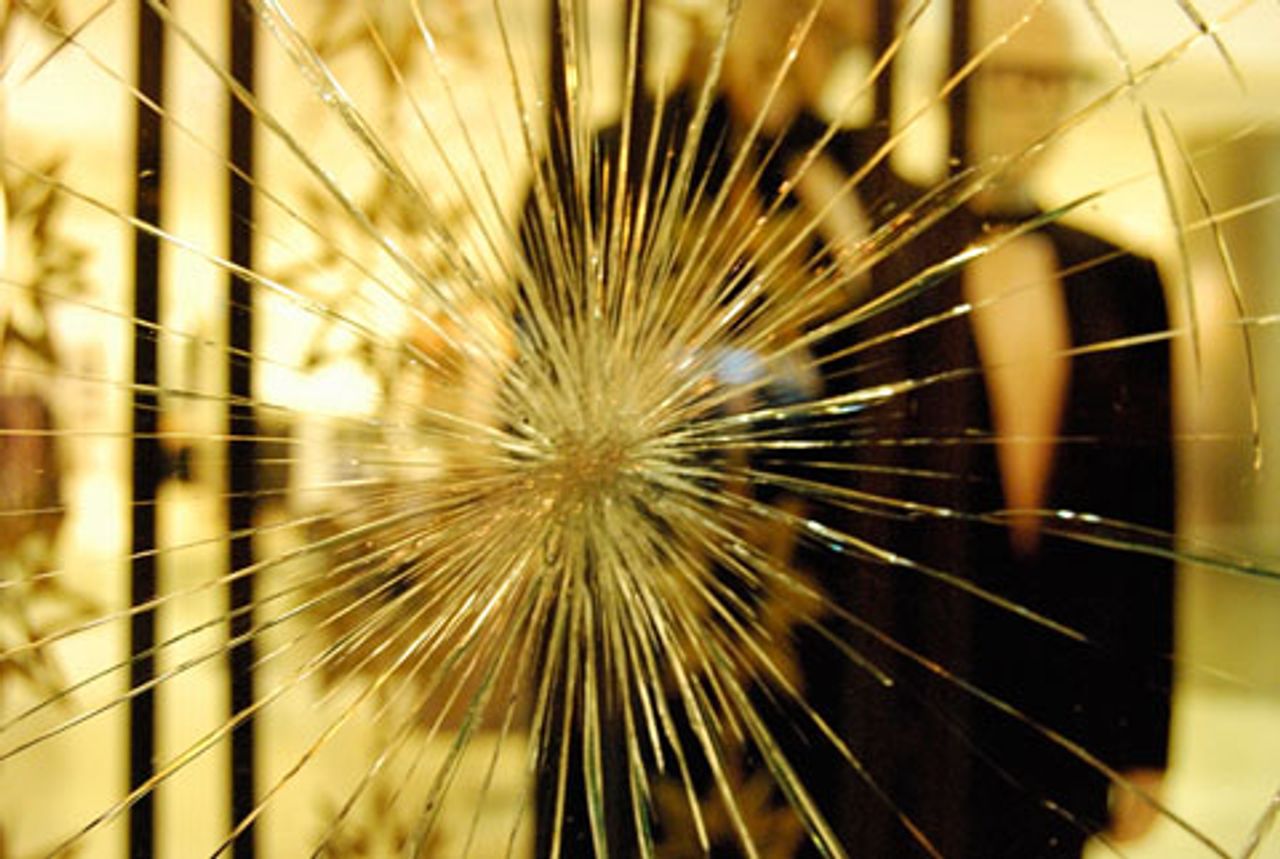 George Kasolas (left) and Spiros Christofi
George Kasolas (left) and Spiros Christofi
Photographers George Kasolas and Spiros Christofi spoke to the World Socialist Web Site about the cancellation of their exhibition “The aftermath of the December riots in Greece” just one day after it opened at the Hellenic Centre in London earlier this year.
George explained that he had worked at the centre previously and asked permission to show the pair’s pictures. He even agreed to pre-submit them to the centre for approval. The photos were well received at the opening night and reception, but the next morning they were taken down. No explanation was given by the Centre’s management as to why the photographs were removed.
 Photo by Spiros Christofi
Photo by Spiros Christofi
George said they were surprised that the event was cancelled and angry that they have unable to find out who took the decision or why. He said they had received legal advice that suggested the centre had reneged on its contract with the artists. The only conclusion the artists were able to draw was that the reason for withdrawing the exhibition was political.
Since then the two have resisted attempts by the Hellenic Centre to silence them, but despite approaches to the British media only the Art Newspaper publicised their case.
Both are deeply sympathetic to the youth who took part in the December events in Athens and see the link between the riots and the bleak prospects for Greek young people. As Spiros explained the police shooting of 15-year-old Alexandros Grigoropoulos on December 6, 2008, was the “the drop that made the glass overflow” and became the catalyst for resentment over poverty wages and rising joblessness (one quarter are currently unemployed) to explode.
Spiros said that the young people who took part in the events were unfairly demonised by the media. Although he doesn’t condone individual and indiscriminate violence, “when the powers that be are completely indifferent to a lost generation of young people, many people will think the ends justify the means.”
Spiros explained how the two had gone about taking the photos, “In December 2008 images of riots in Athens after police shot dead a teenager had a lot of media exposure in the UK and worldwide. Youths set up road blocks, threw petrol bombs, burned cars and smashed shop windows.
“Although left political activists like myself condemn violence, I am able to see the desperation of the people of Greece. The government, low wages and unemployment are only a few of the reasons for the peoples’ unrest.
“We visited Athens during the period of the riots, and we saw the way the media tended to exaggerate the violence of the events. In this way, the cover up of the real problems became possible.
 Photo by George Kasolas
Photo by George Kasolas
“What I witnessed in Athens was a large presence of armed police in the streets, stop and search policies, arrests of media journalists and citizens. Although it was Christmas, there was a reduction of older people in the city juxtaposed by the presence of youths and demonstrators.
“In the centre of Athens where the riots broke out, the signs of unrest and the desperation of the people were visible. Graffiti tags with slogans were all over the city walls, and government buildings were targeted and vandalized. There was unrest in the air, amplified by the presence of police guarding the Christmas tree in the city centre that was burned down a week before.
“I focused on the aftermath of the riots and simply shot the buildings that were vandalized. I believe that these were the signs of widespread civil unrest with the government and not just the “anarchist” groups and youths blamed and criticised by the local media.
“The events were not covered in an un-biased way, and it is my perspective that the media were covering up the extent of this unrest. This is understandable as a lot of the media, with a few exceptions, are affiliated with political parties in Greece. This is still visible today. Recent events occurring in Greece have also been ignored by the mainstream media.”
Spiros explained, “The images that we have shown are a realistic visual representation of Athens at the time when the city was under disruption and at a point in time where the economic crisis has reached the people.”
 Photo by George Kasolas
Photo by George Kasolas
George added, “The photographs themselves weren’t taking an explicit political position. They don’t contain any depictions of the riots themselves, but scenes of Athens after the riots.”
“Perhaps it was the picture of the entrance to the National Bank of Greece sprayed with red paint that they objected to.”
Spiros described how the Hellenic Centre has strong links to the Greek embassy and Orthodox Church and is patronised by rich Greek and Cypriot businessmen and bankers in London, who use it as a vehicle for making tax deductible donations and as a platform for promoting “a safe and acceptable face” of Greek culture. “They just want to see landscapes, blue seas and skies and whitewashed buildings.”
He also talked of the double standards the Centre employs, since it has a permanent exhibition on its premises devoted to Conservative Prime Minister Karamanlis—thus providing his government with a political platform.
In choosing the Hellenic Centre for their exhibition, the two artists had no illusions about the conservative ethos of the organisation. However, as Spiros explained, it did seem like the rational choice for an exhibition since they wanted to target an audience of young Greeks living in London. While a venue such as Photographers’ Gallery might have been more open to staging their exhibition, not a lot of Greek people would necessarily be aware of it.
George and Spiros are committed to using their chosen medium to portray the world as it is and well aware that this is completely at odds with the artistic and media establishment. As George explained, it seems as if the entire mass media establishment is intent on sweeping the current financial crisis under the carpet hoping it will go away.
They both agreed that capitalism makes it extremely difficult for artists to find a platform for honest and engaging work. They see the Athens riots as a product of a global system that puts personal enrichment above the needs of humanity. As Spiros concluded, an international movement is needed to oppose the current status quo.
Visit Spiros’s web site.
